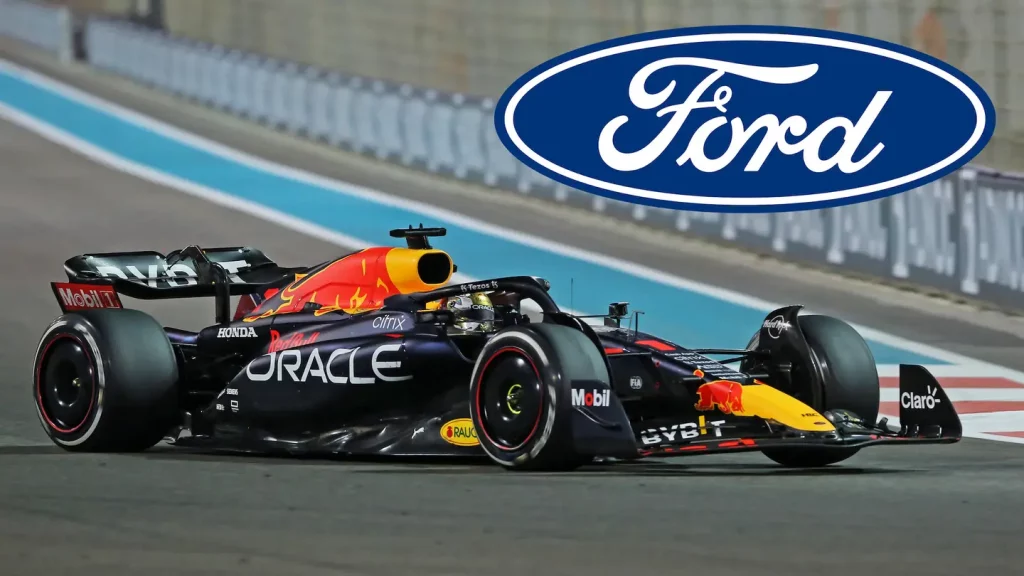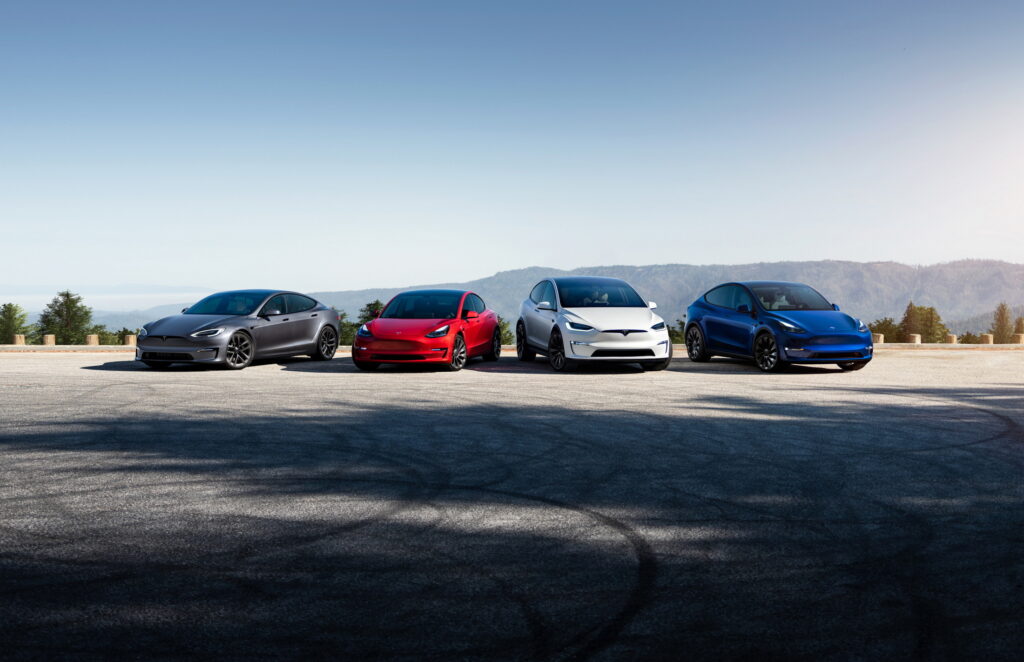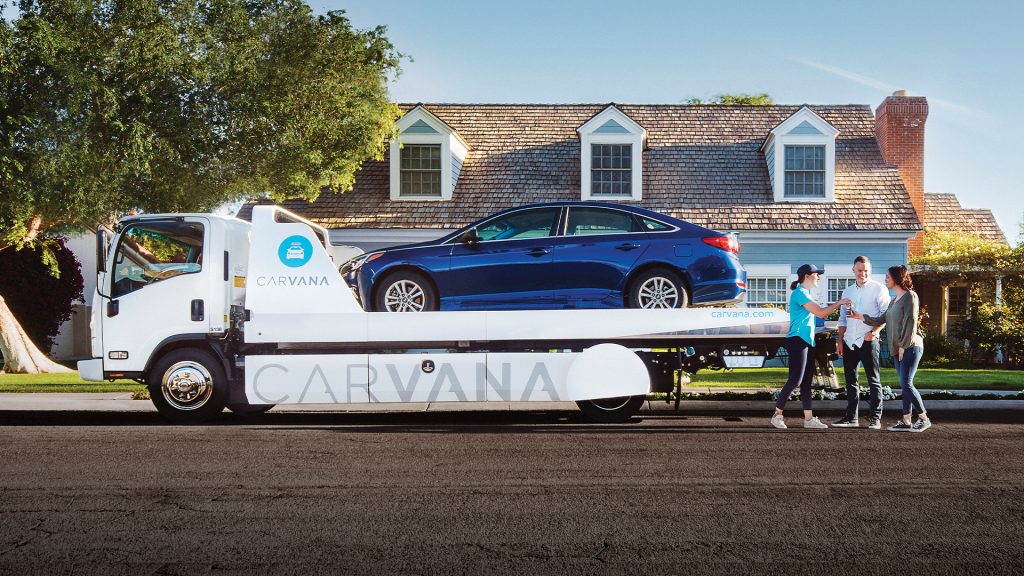Ford and the current Formula 1 world champion team, Red Bull Racing, have announced that the Blue Oval will be making a comeback to the series as part of a new partnership called Red Bull-Ford Powertrains. Ford CEO Jim Farley and Ford Performance Motorsports global director Mark Rushbrook told MotorTrend that the two companies will start working together right away. This could help Red Bull do better by giving them access to a larger pool of technical resources while they wait for the next generation of clean-fuel hybrid power units to hit the track in 2026. The parties have made a first deal that will last until the end of the Formula One season in 2030.
This is one of F1’s latest best/worst-kept secrets. Rumors of a partnership between Ford and Red Bull have been circulating for a while, but they have gained momentum in recent weeks. Until now, however, the nature of this partnership was unclear.


Formula One and a few other premier series, such as NASCAR, “are the foundation, the real pillars of our [new motorsports] strategy,” Farley said.
According to what Rushbrook has shared, “The technical partnership is on the powertrains side of the business, so it will be ‘Red Bull-Ford Powertrains.'” That company will be listed in the official documentation as the generator maker. Both the Oracle Red Bull Racing Team and the Scuderia Alpha Tauri team (both owned by Red Bull) will be powered by that. So, Ford won’t be in the name of the team, but it will be linked to the manufacturer of the power units and will, of course, be a partner of both the team and the engine manufacturer.
Ford claims that the marriage signifies “a partnership on hybrid technology,” to which Ford will lend its expertise. Ford will be focusing not only on the hybrid component but also on helping with software development and analytics.
This Isn’t the Typical F1 Team-Up
Simply put, this is not a standard engine supply agreement in which a major automaker collaborates with a racing team to design and produce engine (s). Such a standard arrangement has been in place for Red Bull for quite some time, most recently with Honda. The Japanese company has announced that it will no longer participate in Formula One after the 2021 season, but it will continue to provide technical assistance to Red Bull until then. The team will continue to use Honda-designed hybrid power units until F1’s new formula arrives for the 2026 season.
In September of last year, Red Bull’s management reportedly decided it wasn’t prepared to potentially give up control of an outfit known for its flexibility in operations and its ability to react quickly to changing competitive circumstances, and thus talks with Porsche to have the German automaker acquire a large stake in the team’s parent company, Red Bull Technologies, broke down. It is speculated that Red Bull was afraid a Porsche investment would usher in the sort of corporate politics and bureaucracy that would kill the agile culture the company had spent nearly two decades building.
In order to avoid this, the team has entered into a partnership with Ford, giving them access to the technological might of one of the world’s largest automakers. It’s unclear how exactly Red Bull and Ford will collaborate on developing powertrains, but on the surface at least, it seems Red Bull will have primary responsibility for the central combustion engine and Ford will lead the charge on the hybrid side of things.
Ford’s long history in Formula One
Ford has a long history in Formula One, going back to when it worked with engine maker Cosworth on the legendary DFV V-8 engine, which debuted in 1967 and was still competitive through its last season in 1983. Ford-powered cars have taken home 174 race victories, 10 F1 constructors’ titles, and 13 drivers’ crowns. Ford, however, has had a hard time winning championships in the modern era, with Michael Schumacher of Benetton B194 fame being the last Ford driver to win a driver’s title in 1994.
It then formed Stewart Grand Prix with three-time world champion Jackie Stewart, but the team had little success from 1997 to 1999. From 2000-2004, the project was taken over by the Blue Oval and renamed Jaguar, but it too failed to develop into a front-runner. Ford sold Jaguar in the run-up to the 2005 season, and the automaker hasn’t been seen in Formula One since. Ironically, the buyer was Red Bull.
Today’s Formula One regulations require hybrid power units, which include a 1.6-liter turbocharged V-6 engine that uses regular fuel and a sophisticated hybrid battery electric system. According to new rules, hybrid cars will need to make almost three times as much electric power as they do now (350 kW instead of 120 kW) and switch to fuels that are 100% sustainable by 2026. That’s why Ford thinks it’s time to come back to the series now.
Collaboration That Benefits Both Parties
As Farley put it to MotorTrend, “the big story for us is, the way we’re going back into Formula 1 is innovative and a bit scrappy.” We’d like to work with Red Bull on a strategic and technical level so that the next generation of ’26 motors and powertrains can use that really clean fuel. So, we are getting into a sport that is getting cleaner while having a lot to offer technically, like new software and batteries. It’s a technical strategic partnership in our powertrain business, so while we’ll have a significant presence, it’s not like Ford is taking over the world.
Farley addressed the question of whether Ford had considered forming its own team from scratch like Michael Andretti and Cadillac want to do or acquiring an existing team like Audi will do when it replaces Alfa Romeo at Sauber in 2026.
He explained, “First of all, we really looked at our whole motorsports strategy, and that’s maybe another discussion, but we’re really betting on off-road, dominating off-road globally, and also Mustang, turning it into a motorsports business.” Furthermore, by the project’s end, we aimed for maximum effectiveness in F1 operations. For example, in the field of technology, we hope to gain insights that can only be gained through this [partnership], while limiting our financial outlay to the project’s core components.
And it didn’t seem like a good idea to hire an entire team or try to coordinate everything. Since Red Bull is currently in the first place and Formula 1 is all about coming out on top, this turned out to be the best course of action. And also, the powertrain was changing, and we wanted to get in when it went to sustainable fuel, but we had expertise [in electric propulsion, hybrid systems, software, and other areas], and they needed that expertise, and vice versa. Simply put, we were very realistic; I suppose I was trying to take a “street smart” approach to this. The goal was to “kind of outthink ourselves and our prejudice [against how things are supposed to be done] and do it in a way that will be super efficient but super smart to help the company and Red Bull.”
Innovations That Go Beyond Formula One Technology
In addition, Farley emphasized the practical advantages that F1 can bring to Ford’s production cars, stating that the company isn’t just doing this for the sake of marketing and public perception.
The time to begin has come. “You need to be developing that ’26 motor now, and the hybrid system, and all the software controls if you want to be competitive in Formula One,” he said of the powertrains. And I believe we need to learn now because, believe it or not, we are behind schedule with the development of our electric vehicles’ products. That works out well for us because we’re developing the next generation of our electric vehicles right now. Most of our competitors are also putting out their first EVs that were built from the ground up. This makes the lessons we learn over the next two years, especially about aerodynamics and simulation, very important for the second cycle of the product. Simulation is becoming more and more important in Formula 1, and it has been just as useful and important in making our second generation of electric cars and digital software. Therefore, we will acquire knowledge instantly.
As selling points, he also emphasized how important aerodynamics, a niche in F1, and cutting-edge software engineering were.
He then emphasized the significance of aerodynamics for electric vehicles. Because if you find a substantial aero advantage, you could save Ford $1,000 in battery costs for their electric vehicles. This is a major concern for consumers because improved aerodynamics will allow us to sell electric vehicles at lower prices. It’s like we’re making the transition from analog combustion to digital and aero, but the concept is the same. Gain on Saturday, [make a profit] on Monday.
And Red Bull… we have no interest in spending the next decade in Formula 1. Our goal is to launch a premier brand from the get-go. This is made possible by the technical connection between the various components of the powertrain. In addition to the aerodynamic improvements seen in our [production] vehicles, [customers] will also notice this with software updates for their vehicles. And I’m willing to bet that this technical discussion will yield a wealth of new information about materials and other topics.
Drive To Survive Effect A Side Benefit
Ford is aware of the recent surge in F1’s popularity due to the “Drive to Survive effect,” so named because of the smash Netflix series that follows the sport from the inside, but this seems secondary to the company’s primary motivation, which is to gain tangible technological advantages by participating in the series.
Bringing us back coincides with F1’s rising popularity, as Farley himself admitted. It’s our home market, so the fact that they’ve added a few more tracks and races here in the United States has only served to sweeten the deal for this partnership. Given that we’re based in the United States and Formula 1’s popularity is exploding in this region, we see a lot of opportunity. I was drawn to that sector due to the presence of a novel target audience. Because of the wide range of people represented and the remarkably young average age of the attendees, I see this event as a great place to begin introducing our electric vehicles to the public.
We are not in the business of making cheap electric vehicles like the Bolt or the Mach-E, and neither are we building the Lightning. In particular, we’re after conveyances with a strong emphasis on the driver’s character and specialized automobiles like pickup trucks and high-performance electric vehicles. Also, we think this is the best way to get in touch with the general public. Red Bull is also a great marketing platform. Formula 1 has a lot of fans, which is a nice side effect of the main event, which is an exchange of cutting-edge technologies.
For more information on Ford’s return to F1 with Red Bull Racing, including an exclusive video interview with Farley and Rushbrook, click here.




